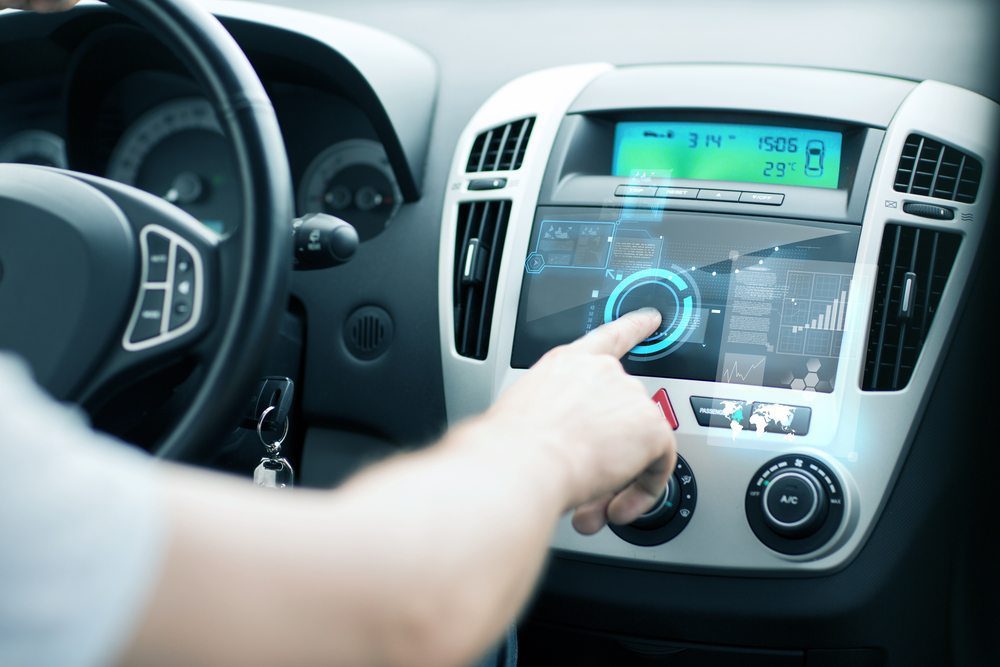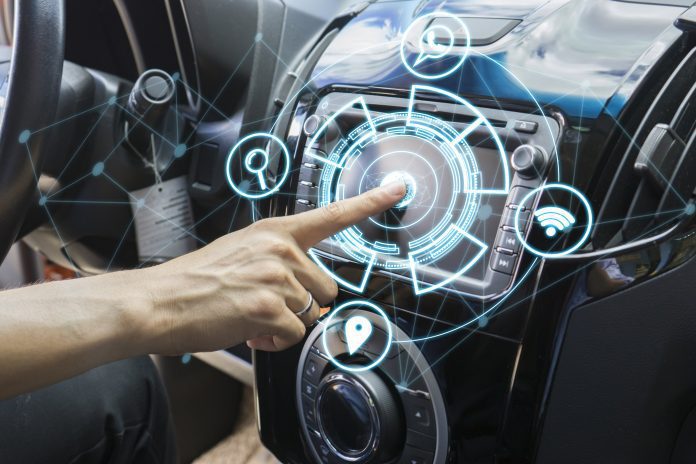Remember the days when your phone could only call others? In 2023, phones have computing power that rivals computers used in the Apollo 11 mission. It’s looking as if cars might be following the same path. The automotive industry is at the forefront of technology innovation, especially regarding autonomous vehicles.
However, several new technologies are quietly gaining traction beyond autonomous driving and could change the face of the automotive industry in the near future. It’s causing today’s cars to evolve from moving people from point A to point B.
These transformative technologies range from predictive analytics and digital assistants to augmented reality interfaces and connected cars.
Here is a look at these innovations and how they might impact our lives and the automotive industry.
Artificial intelligence (AI)
Many automakers are already putting AI to use. From Tesla using interior cameras to monitor the drowsiness of drivers’ eyes to General Motors using the tech to build out their self-driving capabilities, there’s a lot to be excited about regarding AI.
The cars of the near future will likely use AI to increase safety and provide driving efficiency. For example, AI can offer more dynamic road monitoring, helping drivers avoid potential hazards and even offer analysis of what’s happening on the road.
It can also suggest routes based on preserving fuel efficiency. On the other hand, AI can provide more personalized servicing or product suggestions to consumers, helping dealer marketers better appeal to various segments of consumers.
Predictive analytics
Predictive analytics significantly impacts the automotive industry and has use cases for manufacturers and consumers. Increasing production efficiency is an excellent example of how it affects the former.
For example, predictive analytics programs can look at consumer buying patterns and help automakers and dealers reliably predict the vehicles consumers want. This can help to tighten the supply chain and improve production.
Alternatively, predictive analytics can also play a huge part in assisting customers, particularly in product development. An example of this is BMW’s Monolith AI engineering system. This advanced technology allowed BMW to assess vehicle performance without creating a physical prototype. Monolith could also evaluate the degree of safety of various car models earlier in development—a massive benefit to consumer safety.
Connected car
Today, our current internet networks have allowed infotainment systems to thrive. Integrations from Apple CarPlay and Android Auto allow drivers and passengers to access their favorite apps and services. Alternatively, we’re heading to a world where cars don’t just talk to phones but also speak to each other and the infrastructure around them.


Future cars may have connected technologies that allow them to recognize and respond to other vehicles and even interact with specific areas. For example, connected cars could allow vehicles to participate in smart parking and find open parking spaces on their own. Another use case could be allowing cars to detect the amount of distance they are from one another, making autonomous driving even safer.
Augmented reality (AR) interfaces
Some years ago, Pokemon Go revolutionized the AR industry. Now, automakers are using the same technology to see how AR can improve driver experiences. An example is the Finnish automotive software company, Basemark partnering with BMW to create vehicle models that display AR arrows on real-time maps that drivers can view on the navigation system.
Another use case is Audi working with AR and machine learning company, Apostera (now part of Samsung company, HARMAN) to create AR windshields that display crucial vehicle information like vehicle speed or traffic signs. AR can increase the value that cars offer drivers, especially in performance and safety.
Technology advancements are pushing the boundaries of what’s possible
The automotive industry is starting to catch up with the technology in our pockets. Phones are no longer the only piece of technology that is making strides. Cutting-edge technologies like predictive analytics, connected cars, and even AR are increasing safety and performance.
However, these new technologies can also give dealers something very valuable: crucial insights into consumer preferences. These technologies can help dealers improve the driver experience and keep customers coming back.



